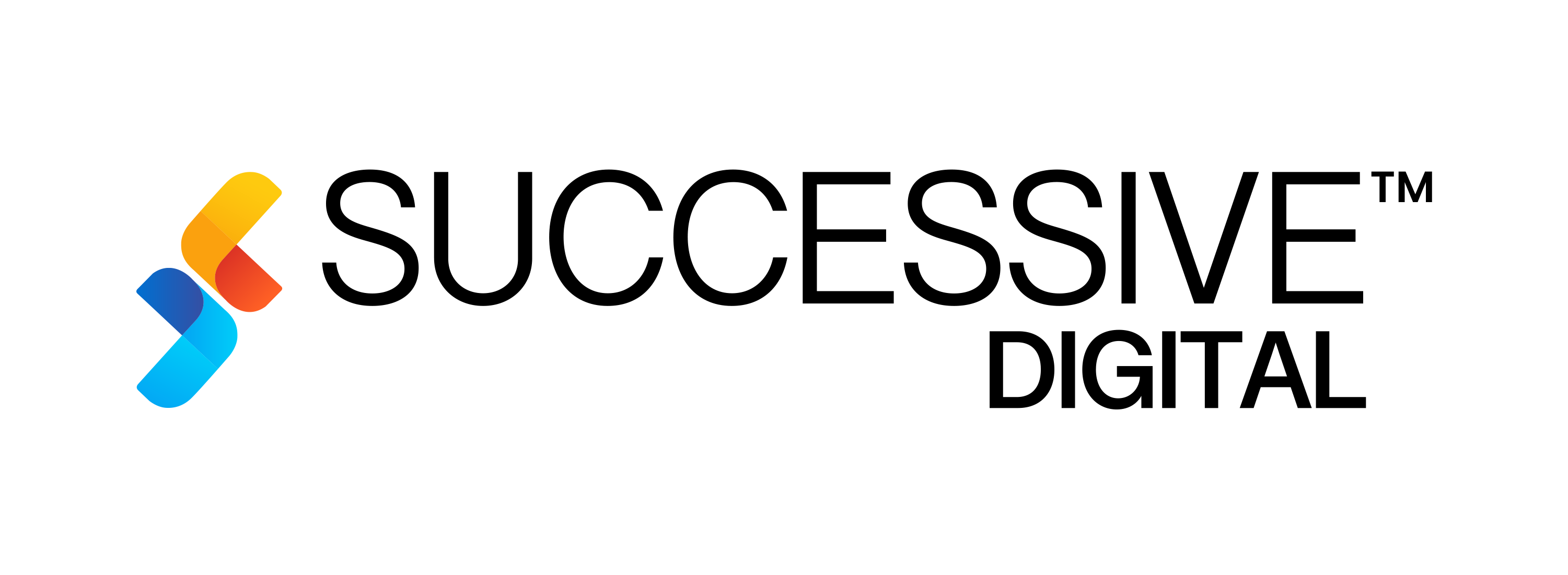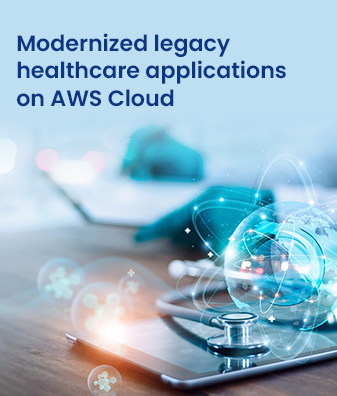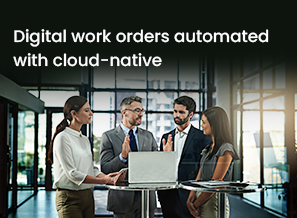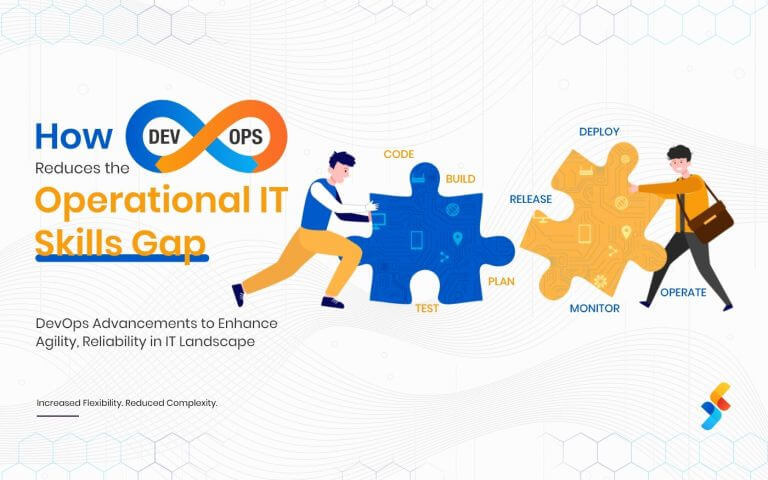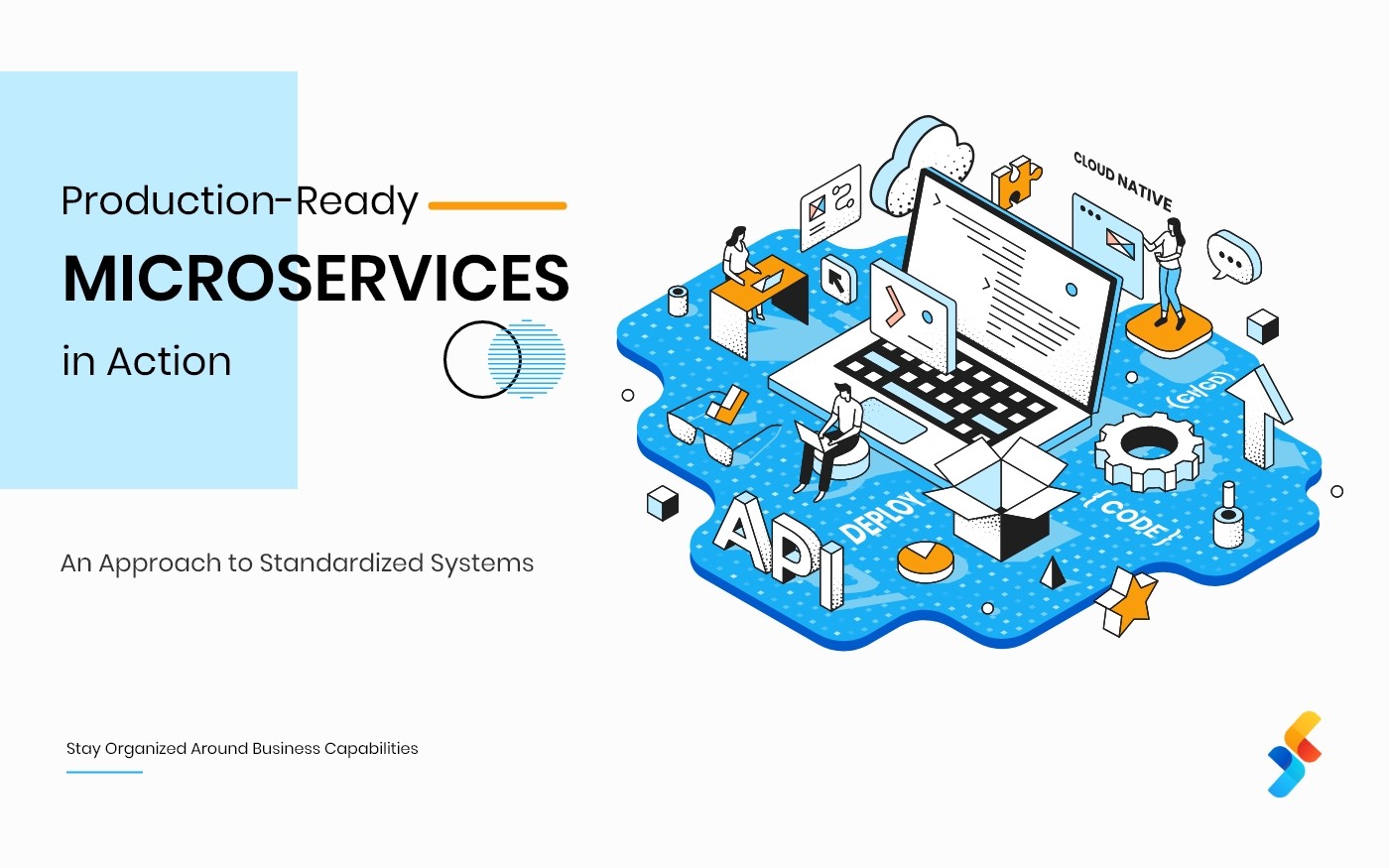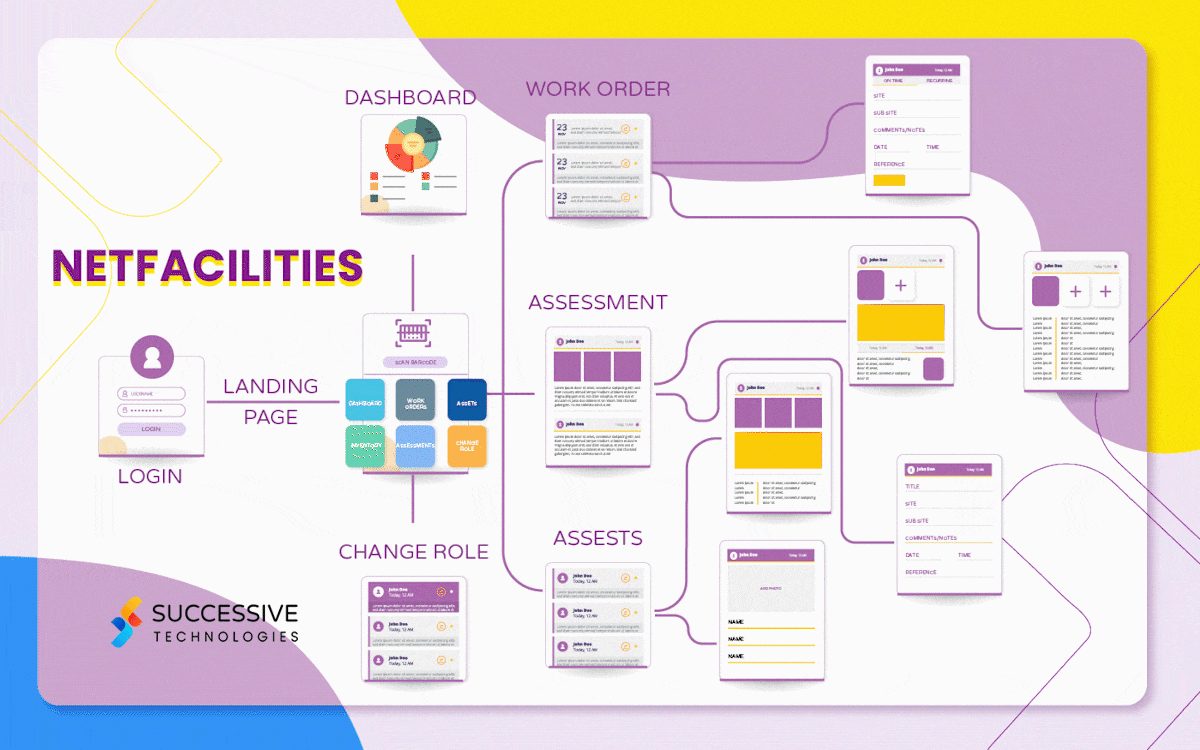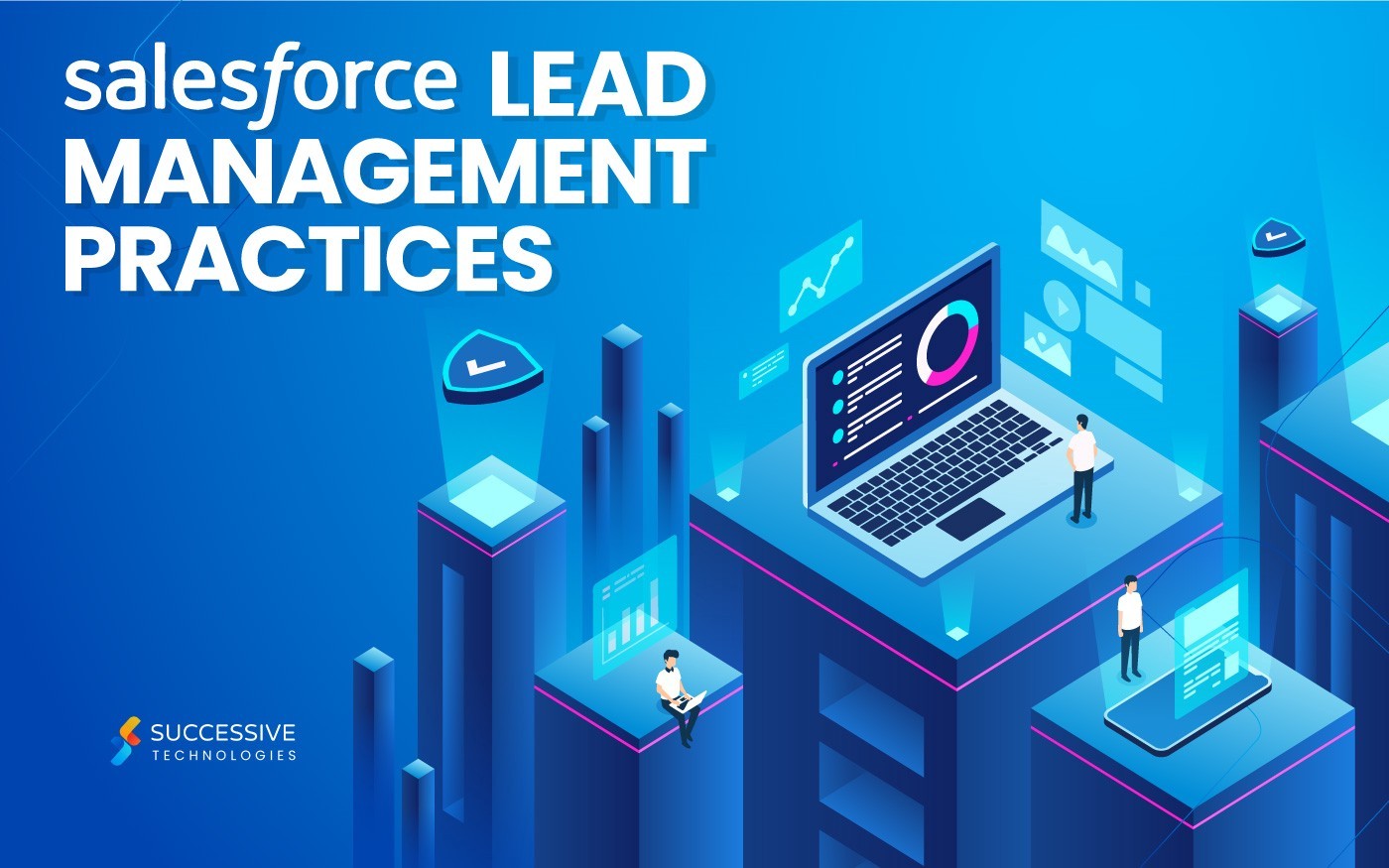Legacy enterprise applications can be extraordinarily hard to maintain.
Between the support and maintenance needs, the complexity involved in integrating other platforms, and difficulty finding developers with the right set of skills, the costs of maintaining legacy applications can skyrocket.
Application modernization efforts present their own challenges, often proving to be expensive and prone to failure. While cloud technologies have been around for a while, many enterprises still run their applications on-premise, and it remains a complex process to move from on-premise infrastructure to the cloud.
But modernization is critical. Enterprises need to protect their technology investments, and this means that their applications must evolve along with the business. Whether it is to deliver better customer experiences or add new offerings, modernizing applications is the only way to remain competitive.
With Red Hat OpenShift, it is possible to modernize applications more easily and reduce the risk of failure. OpenShift is a Kubernetes-based open-source container orchestration platform. It provides the container management features needed to run modern applications in production, and also offers a healthy ecosystem of services to help users build an end-to-end cloud-native application environment.
Here are eight ways that OpenShift can support your enterprise’s application modernization efforts.
 Faster time to market
Faster time to market
OpenShift helps simplify and speed up application modernization, allowing enterprises to cut right through the complexity involved in modernizing an enterprise application.
Enterprise applications are often run using virtual machines. Using OpenShift features, developers can quickly import existing virtual machines as well as spin up new ones from templates. Such features make it easy to migrate virtual machines to OpenShift at scale. Automation capabilities also minimize the need for manual effort during migrations.
Additionally, adopting CI/CD and other DevOps best practices can help shorten application development cycles and improve software quality. New features and services can easily be added, increasing the organization’s agility. This is critical for enabling organizations to meet their strategic goals and not get left behind.
Read 7 Reasons Why Node.js Is Perfect for Enterprise Development
Greater resilience
Containerizing monolithic application structures and transforming them into loosely coupled microservices architectures helps make your applications more resilient.
By moving more of the application into containers, the number of interdependencies within an application is minimized. If an issue occurs, you can isolate and fix it with precision, without impacting the entire application. As a result, developers spend less time troubleshooting issues and fixing bugs related to errors introduced by one or two dependencies. You can also update parts of the application separately and roll back to working versions with ease.
OpenShift also provides built-in services to help ensure the resilience of critical applications. It can automatically restart containers when there is a failure, route traffic only to healthy targets, and perform rolling updates and restarts with no downtime.
Read Why You Should Adopt Serverless Architecture
Higher efficiency

Deploying on OpenShift makes it easier to manage different parts of the application. Regardless of programming languages, runtimes, or application stacks, everything is in a container. As containers replace resource-intensive virtual machines, resource use is optimized, increasing overall efficiency and scalability. OpenShift also allows better workload balancing, enabling you to deliver better user experiences and minimize application downtime.
Reduced costs
With more efficient resource use, costs can be optimized. OpenShift provides greater cost visibility, making it easy to see current usage and apply resource constraints. And if you’re looking for ways to reduce operating expenses, security features like role-based access control (RBAC) can be used to limit access to certain areas of OpenShift.
As the containerized approach helps improve application reliability and reduce maintenance complexity, support costs are lowered. By simplifying the development and deployment process, OpenShift can also help reduce operational costs and improve productivity.
Greater developer productivity

OpenShift provides a faster path to modernization by allowing developers to focus more of their efforts on actual development. By removing the need to learn new programming languages and complex development environments, developers spend less time learning skills that will be obsolete in a couple of years and more time developing features that bring value to the enterprise. Developer environments can also be set up faster, making it easier to get started coding.
Enhanced security
One of the most important aspects of a containerized microservices architecture is that containers isolate and protect each part of an application, regardless of what programming languages or runtimes are used. Any particular container cannot access another container’s data or resources without authentication. This helps improve application security by providing better isolation between services and reducing the potential attack surface within applications.
Additionally, OpenShift provides built-in services that can help secure critical applications. For instance, OpenShift’s TLS support secures communication between services and offers customizable options to choose the key management solution that best fits an organization’s needs. OpenShift’s role-based access control features also help give administrators granular control over what users and applications have access to.
Better user experiences
Older technologies can have issues that modern tools and technologies can address, such as by enabling faster response times, better user interfaces, etc. Modernizing the user experience can help pave the way for new capabilities and newer, more customer-oriented offerings.
Increased agility also means enterprises can be more responsive to the needs of application users, adding enhancements as needed. Complex issues can be quickly diagnosed and resolved using OpenShift’s greater visibility into application interactions. Enterprises can deliver new functionality, improve customer experiences, and protect their technology investments.
Future-readiness
Modernizing your application with OpenShift helps eliminate technical debt which, left unaddressed, consumes IT budgets and resources and makes it harder to scale. Instead, you get your application running on a stable, reliable platform. This means your application will be future-ready and able to take advantage of new features and technologies as they become available.
Read Role of DevOps in Software Development Process
Application modernization isn’t something you’ll need to do only once — it’s a continuous process. And while there will always be some costs associated with modernizing legacy applications, the benefits outweigh these significantly.
The need to update applications and infrastructure will likely increase over time, especially as new technologies become available and the industry changes. Containerizing your application is just one step in that journey — OpenShift can help you get started quickly and then continue to provide capabilities that help ensure success along the way.
By modernizing your application using an enterprise-ready platform like OpenShift, you can maximize returns from your IT investment.
Read Node.js vs. Go: Which Should You Choose for Backend Development?

